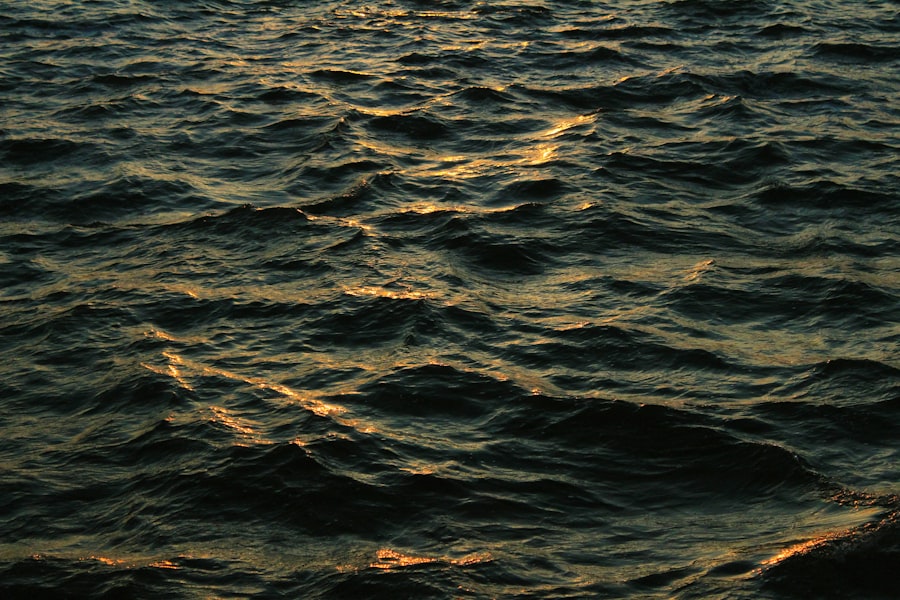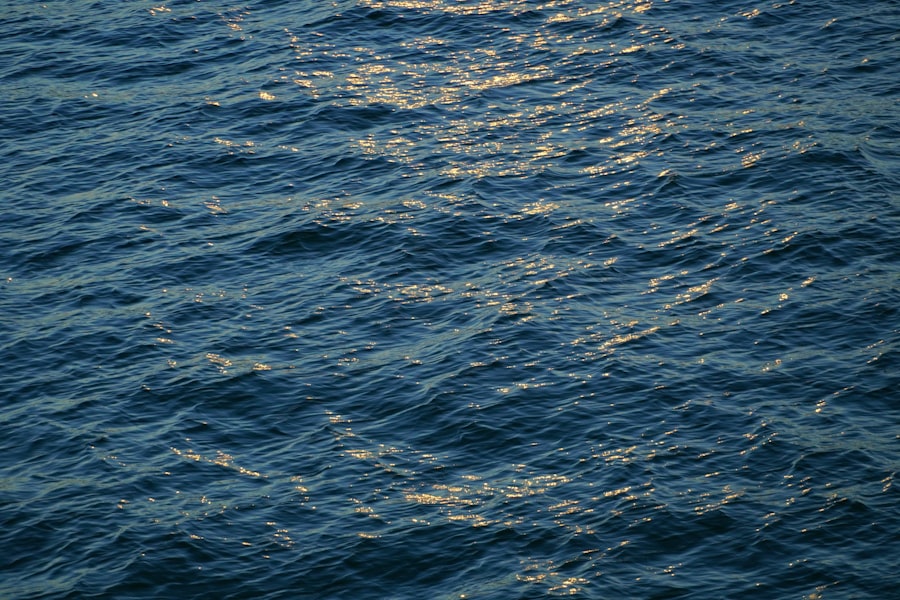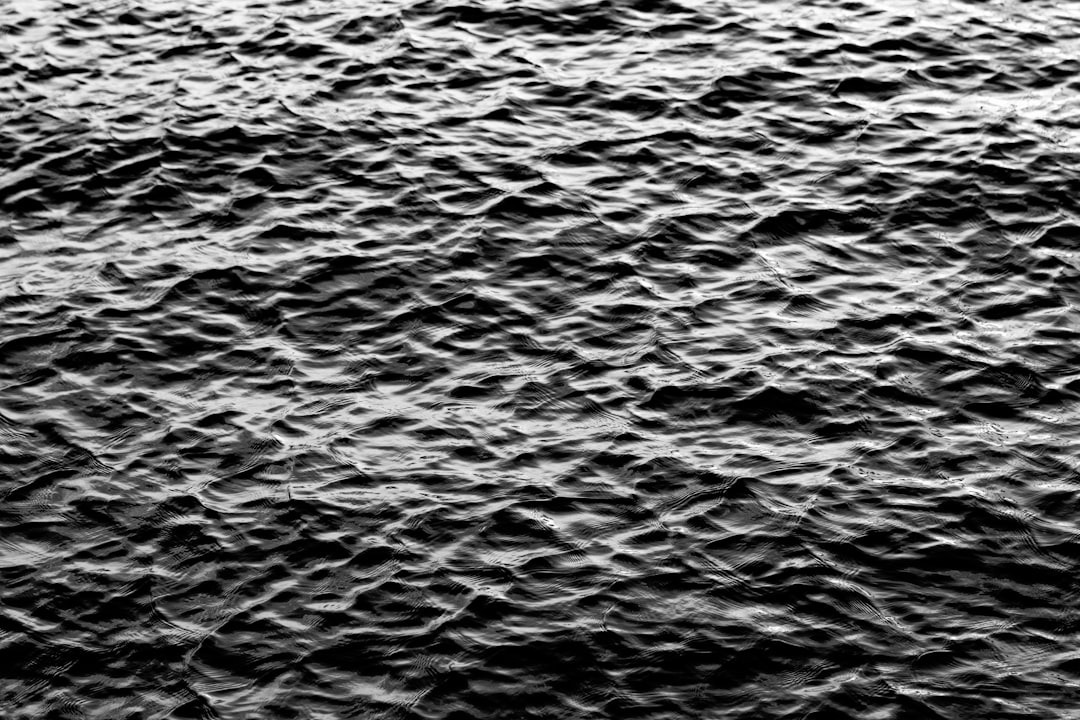The Drake Passage, a body of water that separates South America from Antarctica, is renowned for its tumultuous seas and unpredictable weather. Stretching approximately 600 miles, it serves as a critical maritime route for vessels venturing to the southernmost continent. Named after the English explorer Sir Francis Drake, who navigated these waters in the late 16th century, the passage has become a focal point for adventurers, researchers, and wildlife enthusiasts alike.
Its unique geographical position not only makes it a gateway to Antarctica but also a site of significant ecological and climatic importance. Navigating the Drake Passage is often considered a rite of passage for those seeking to explore the Antarctic region. The waters are notorious for their rough conditions, with waves that can reach heights of over 30 feet.
This unpredictability has earned the passage a reputation as one of the most challenging maritime routes in the world. Despite its daunting nature, the Drake Passage offers unparalleled opportunities for exploration and discovery, drawing travelers from around the globe eager to experience its raw beauty and the wonders of the Antarctic ecosystem.
Key Takeaways
- The Drake Passage is a treacherous body of water located between South America’s Cape Horn and the South Shetland Islands of Antarctica.
- Weather patterns in the Drake Passage are characterized by strong winds, rough seas, and rapidly changing conditions, making it one of the most challenging maritime environments in the world.
- When choosing a vessel for the journey, it is important to consider factors such as stability, size, and experienced crew to ensure a safe and comfortable voyage.
- Safety precautions and emergency protocols, including mandatory safety drills and the presence of lifeboats and emergency equipment, are crucial for navigating the unpredictable conditions of the Drake Passage.
- Packing essentials for the voyage should include warm and waterproof clothing, sturdy footwear, seasickness medication, and personal items for comfort and safety.
Understanding the weather patterns
The weather patterns in the Drake Passage are notoriously volatile, influenced by a confluence of ocean currents and atmospheric conditions. The passage is situated at the meeting point of the Atlantic and Pacific Oceans, which creates a unique environment where storms can develop rapidly. The prevailing westerly winds often exacerbate these conditions, leading to sudden changes in weather that can catch even seasoned sailors off guard.
Understanding these patterns is crucial for anyone planning a journey through this formidable stretch of water. Travelers should be prepared for a wide range of weather conditions, from calm and sunny days to fierce storms with high winds and heavy rain. The temperature can also fluctuate dramatically, with chilly winds sweeping in from Antarctica.
As such, it is essential for adventurers to stay informed about current weather forecasts and to be adaptable in their plans. Knowledge of these patterns not only enhances safety but also enriches the overall experience, allowing travelers to appreciate the dynamic nature of this remarkable marine environment.
Choosing the right vessel for the journey

Selecting an appropriate vessel for traversing the Drake Passage is paramount to ensuring a safe and enjoyable journey. Various types of ships are equipped to handle the challenges posed by these waters, ranging from sturdy icebreakers to smaller expedition vessels designed for agility and maneuverability. Each type of vessel offers distinct advantages, depending on the traveler’s preferences and objectives.
For instance, larger ships may provide more amenities and comfort, while smaller vessels can navigate tighter spaces and offer a more intimate experience with nature. When choosing a vessel, travelers should consider factors such as stability, size, and onboard facilities. A well-designed ship will have features that enhance safety and comfort during rough seas, including stabilizers and spacious cabins.
Additionally, it is advisable to select a vessel operated by experienced crews familiar with the intricacies of navigating the Drake Passage. This expertise can make a significant difference in ensuring a smooth journey through these challenging waters.
Safety precautions and emergency protocols
| Precaution/Emergency Protocol | Details/Metrics |
|---|---|
| Fire Safety | Number of fire extinguishers, fire drills conducted |
| First Aid | Number of first aid kits, staff trained in first aid |
| Emergency Evacuation | Evacuation routes, assembly points |
| Security Measures | Security personnel, surveillance cameras |
Safety should always be a top priority when embarking on a journey through the Drake Passage. Travelers must familiarize themselves with safety protocols and emergency procedures before setting sail. This includes understanding how to use life jackets, emergency beacons, and other safety equipment provided on board.
Crew members typically conduct safety drills at the beginning of each voyage, ensuring that all passengers are aware of evacuation routes and procedures in case of an emergency. In addition to onboard safety measures, travelers should also take personal precautions. This includes monitoring weather conditions closely and being prepared for sudden changes that may require quick action.
It is wise to stay informed about potential hazards such as rogue waves or shifting icebergs. By remaining vigilant and adhering to safety guidelines, adventurers can significantly reduce risks associated with navigating this unpredictable passage.
Packing essentials for the voyage
Packing appropriately for a journey through the Drake Passage is essential for comfort and safety. Given the variable weather conditions, travelers should prepare for both cold temperatures and wet conditions. Layering clothing is highly recommended; thermal base layers, waterproof outer layers, and insulated jackets will help keep adventurers warm and dry during their voyage.
Additionally, sturdy footwear is crucial for navigating wet decks and slippery surfaces on board. Beyond clothing, travelers should also consider packing personal items that enhance their experience. Binoculars for wildlife watching, cameras for capturing stunning landscapes, and seasickness medication are all valuable additions to any packing list.
It is also wise to bring along personal toiletries and any necessary medications, as access to such items may be limited during the journey.
Navigational challenges and strategies

Navigating the Drake Passage presents unique challenges that require careful planning and execution. The unpredictable weather patterns can lead to sudden changes in visibility and sea conditions, making it essential for crews to remain vigilant at all times. Experienced navigators utilize advanced technology such as radar and GPS systems to monitor their surroundings and make informed decisions about course adjustments.
To mitigate navigational challenges, crews often develop contingency plans that account for various scenarios. This may include alternative routes or safe havens where vessels can seek shelter during severe weather events.
Communication with other ships in the area is also vital; sharing information about current conditions can help ensure safer passage for all vessels involved. By employing strategic navigation techniques and remaining adaptable to changing circumstances, crews can successfully guide their ships through this formidable passage.
Wildlife encounters in the Drake Passage
The Drake Passage is not only known for its challenging waters but also for its rich biodiversity. Adventurers traversing this route often have the opportunity to encounter an array of wildlife unique to this region. From majestic whales breaching the surface to playful seals basking on ice floes, the passage serves as a vital habitat for numerous marine species.
Birdwatchers will also delight in spotting various seabirds, including albatrosses and petrels soaring gracefully above the waves. These wildlife encounters are not merely incidental; they are integral to the experience of traveling through the Drake Passage. Many expedition vessels offer guided tours focused on wildlife observation, providing passengers with insights into the behaviors and habitats of these remarkable creatures.
Such encounters foster a deeper appreciation for the delicate ecosystems that thrive in this remote part of the world, highlighting the importance of conservation efforts aimed at protecting these species and their habitats.
Coping with seasickness and motion sickness
Seasickness is a common concern for many travelers embarking on a journey through the Drake Passage due to its notorious rough waters. The constant motion of the ship can lead to discomfort or nausea for even seasoned sailors. To mitigate these effects, travelers are encouraged to take preventive measures before setting sail.
Over-the-counter medications specifically designed for motion sickness can be effective when taken prior to departure. In addition to medication, there are several natural remedies that may help alleviate symptoms of seasickness. Staying hydrated, consuming light snacks, and focusing on stable points on the horizon can all contribute to reducing feelings of nausea.
It is also advisable for travelers to spend time on deck when possible; fresh air can work wonders in easing discomfort associated with motion sickness. By being proactive about managing seasickness, adventurers can enhance their overall experience while navigating the Drake Passage.
Importance of experienced crew and guides
The significance of having an experienced crew and knowledgeable guides cannot be overstated when traversing the Drake Passage. These professionals possess invaluable expertise in navigating challenging waters and understanding local ecosystems. Their familiarity with potential hazards allows them to make informed decisions that prioritize passenger safety while maximizing opportunities for exploration.
Guides play a crucial role in enriching the travel experience by providing insights into the history, geography, and wildlife of the region. Their passion for sharing knowledge fosters a deeper connection between travelers and their surroundings, transforming a simple voyage into an educational adventure. Whether it’s identifying seabirds or explaining geological formations, experienced guides enhance every aspect of the journey through this remarkable passage.
Historical significance of the Drake Passage
The historical significance of the Drake Passage extends far beyond its challenging waters; it has played a pivotal role in maritime exploration and trade since its discovery. Sir Francis Drake’s navigation of these waters in 1578 marked one of the earliest European expeditions into this remote region, paving the way for future explorers seeking new trade routes and territories. Over centuries, countless adventurers have braved its tumultuous seas in pursuit of knowledge and discovery.
In addition to its role in exploration, the Drake Passage has also been instrumental in scientific research related to climate change and oceanography. The unique convergence of ocean currents creates an environment ripe for studying marine ecosystems and their responses to environmental shifts. As researchers continue to investigate this vital area, they contribute valuable insights that inform global conservation efforts aimed at preserving both marine life and climate stability.
Tips for a memorable and safe journey
To ensure a memorable and safe journey through the Drake Passage, travelers should prioritize thorough preparation before embarking on their adventure. Researching reputable tour operators with experienced crews is essential; reading reviews from previous travelers can provide valuable insights into what to expect during the voyage. Additionally, staying informed about current weather conditions will help adventurers plan accordingly.
During the journey itself, maintaining an open mind and embracing spontaneity can lead to unexpected discoveries along the way. Engaging with fellow travelers and participating in onboard activities fosters camaraderie while enhancing overall enjoyment of the experience. Lastly, taking time to appreciate the breathtaking landscapes and unique wildlife will create lasting memories that extend far beyond the challenges posed by navigating this remarkable passage.
In conclusion, traversing the Drake Passage offers an unparalleled adventure filled with challenges and rewards alike. By understanding its weather patterns, choosing appropriate vessels, prioritizing safety measures, packing wisely, navigating effectively, appreciating wildlife encounters, managing seasickness, valuing experienced crews, recognizing historical significance, and following practical tips for travel—adventurers can embark on a journey that is both safe and unforgettable.
The Drake Passage is notorious for its turbulent waters, often considered one of the roughest sea passages in the world. This treacherous stretch of ocean, located between the southern tip of South America and Antarctica, is where the Atlantic, Pacific, and Southern Oceans converge, creating a perfect storm of strong currents and high winds. For those interested in learning more about the challenges and experiences of navigating these formidable seas, a related article can be found on MyGeoQuest. This article delves into the unique geographical and meteorological factors that contribute to the Drake Passage’s reputation. You can read more about it by visiting this link.
WATCH NOW! Drake Passage: Earth’s Deadliest Waters Revealed
FAQs
What is the Drake Passage?
The Drake Passage is the body of water between the southern tip of South America and the northern tip of the Antarctic Peninsula. It connects the Atlantic and Pacific Oceans.
How rough are the seas in the Drake Passage?
The seas in the Drake Passage are known for being some of the roughest in the world. The area is notorious for strong winds, large waves, and unpredictable weather conditions, making it a challenging and potentially dangerous crossing for ships.
What causes the rough seas in the Drake Passage?
The rough seas in the Drake Passage are primarily caused by the convergence of the Antarctic Circumpolar Current and the Southern Ocean winds. These factors create a unique and often turbulent maritime environment.
Are there specific times of year when the seas in the Drake Passage are calmer?
The seas in the Drake Passage are generally rough throughout the year due to the prevailing weather patterns and ocean currents. However, some travelers may experience slightly calmer conditions during the austral summer months (November to March) compared to the winter months.
How do people prepare for rough seas in the Drake Passage?
Travelers and crew members preparing to cross the Drake Passage often take precautions such as securing loose items, taking motion sickness medication, and being aware of safety procedures in case of rough seas. It is also recommended to consult with experienced professionals and follow their advice for a safe and comfortable journey.
